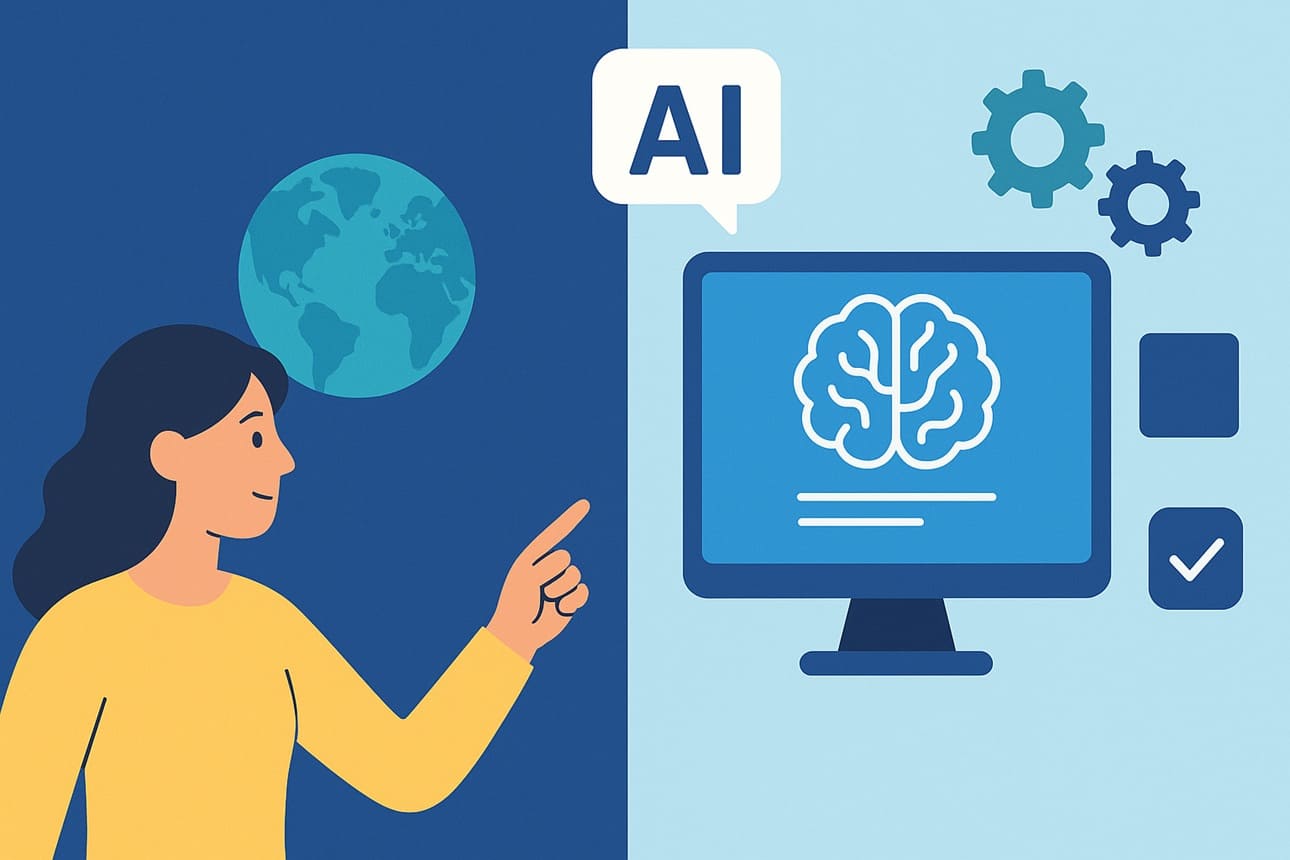Machine Learning Software Localisation: The Bridge to Global Artificial Intelligence
Localisation of machine learning software and translation of Spanish AI algorithms drive accurate and unbiased global expansion.
The Quiet Revolution: Why Machine Learning Software Localisation is Crucial to AI
Artificial intelligence(AI) and machine learning (ML) are redefining entire industries at unprecedented speed. From chatbots that personalise the customer experience to complex algorithms that predict market trends, AI software is becoming the core of business innovation. However, for these technologies to reach their full potential, they must be able to operate effectively in a global, multilingual context.
This is where machine learning software localisation stands as a key pillar. It is not simply a matter of translating a user interface; it is a deep process of cultural and linguistic adaptation that ensures AI models are accurate, relevant and unbiased in different markets. A global expansion strategy without meticulous localisation is destined to fail.
The demand for translation of AI documentation is growing exponentially. Companies developing AI solutions need to communicate the complexity of their technologies to customers, developers and regulators around the world. Clear and accurate documentation is a key factor for adoption and trust in these emerging technologies.
Beyond Words: The Unique Challenges of Translating Spanish AI Algorithms
Translating AI-related content presents challenges that go far beyond conventional translation. Translating Spanish AI algorithms, for example, requires a team of linguists and subject matter experts who understand both the nuances of the language and the mathematical and computational underpinnings of the algorithms.
The main challenges include:
The localisation of conversational chatbots is a clear example of the importance of this process. A chatbot that does not understand the idioms, humour or cultural references of a specific country will create a frustrating and ineffective user experience. The key to success is a localisation that makes the interaction with the AI feel natural and human.
The AI Localisation Ecosystem: From Documentation to Datasets
A comprehensive AI localisation strategy encompasses multiple facets of software development and implementation:
The Future is Multilingual: The Competitive Advantage of AI Localisation
In an increasingly saturated market, companies that invest in a robust AI localisation strategy will gain a significant competitive advantage. The benefits are clear:
In conclusion, machine learning software localisation is not an expense, but an indispensable strategic investment for any AI company with global ambitions. From translating AI documentation to creating multilingual datasets, every step of the localisation process contributes to building a smarter, fairer and more efficient AI product for everyone. The future of artificial intelligence will not be monolingual; it will be a global network of technologies that understand and communicate with the world in all its linguistic diversity.







